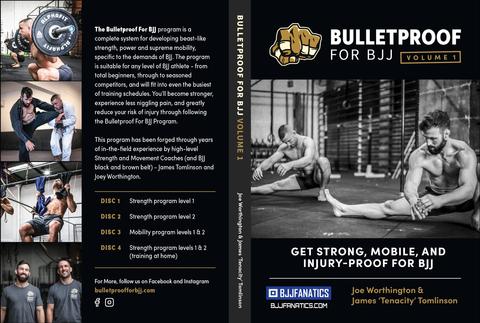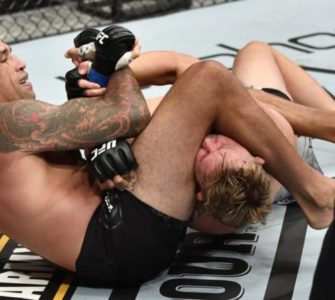It is well-known that hard training in Brazilian Jiu-Jitsu can result in a lot of bodily pain. Unfortunately, many people let it get to the point where they cannot take part in BJJ before they try to remedy the pain. This can lead to injuries that are hard to shake off, as well as relentless exhaustion.
The most common pains resulting from BJJ are tendinitis in the knees and forearms, hip pain, back pain, and neck pain. The good news? You can take a strategic approach to prevent these pains from persisting and getting out of control. Below are six key tactics to deal with pain resulting from BJJ and help prevent injuries.
Warm-Up
A proper warm-up is key to avoiding injury and reducing muscle pain for any physical activity. It is essential in preparing the body for intensive exercise and does so by slowly increasing your circulation and heart rate. In turn, this increases blood flow to the working muscles, preventing them from being stiff and reducing the risk of injury.
Take time to thoroughly stretch your muscles and take part in some light cardio to raise your heart rate and circulation. You should warm up before every BJJ session!
Warm Down
Never walk away from a Jiu-Jitsu session without warming down. Just as you should start every session with a focus on protecting your muscles, you should end it in the same way. After a hard rolling session, your muscles need a good stretch, and this is the best way to prevent soreness the following day.
Stretching elongates the muscles after they have been working hard. This helps them realign and relax while they are warm from your session. This can prevent the accumulation of small injuries. It also stops the formation of scar tissue, allowing muscles to continue functioning at an optimal rate.
Muscle Care
- Compression: Wrap sore muscles in elastic bandaging. It should be tight enough to limit muscle movement but not so tight that it prevents blood flow. Limiting muscle movement can reduce the feeling of pain and promote faster recovery.
- Cold Water Baths: Immersing your muscles in cold – or even iced – water is a great way to support overall healing. It also offers pain relief. You could take a whole-body ice bath or just focus on particular muscles.
Strength and Conditioning Training
Strength and Conditioning Training not only build up strength – but they also can help prevent injuries. BJJ in itself builds up strength in certain areas of the body, but it can lead to weaknesses in other areas. A balanced program can help strengthen your weaker body areas, making you less susceptible to injury.
Take a Break
Sometimes, you just need to give your body rest. This enables recovery and allows small injuries to heal.
Your body excels in natural healing, so give it time to work! Take some time away from BJJ and focus on allowing the body to rest. The amount of rest needed depends on the individual. However, at the very least, take a few days where you only undertake light work and give yourself frequent periods of rest.
Physiotherapy
If you do find yourself with an injury or persistent pain that prevents you from taking part in BJJ – or any other exercise – it is important that you deal with it effectively. You might consider visiting an innovative physiotherapy clinic to help with your recovery.
Physiotherapy for BJJ can help restore movement and get muscles back to optimum functionality. Practitioners aim to identify the underlying cause of pain and injury to resolve your symptoms quickly.
Stop Feeling Sore, Tired, And Injured And Start Being Preventative With Your Injuries. It’s Time To Become Bulletproof For BJJ!
- Get grappling-specific exercise routines to build mobility, strength, grip, and core, with or without a gym
- This system was designed by BJJ brown and black belts and professional fitness gurus Joe Worthington and James Tomlinson
- Get different exercises, sets, reps, and more to keep your workouts fresh and dynamic:


















